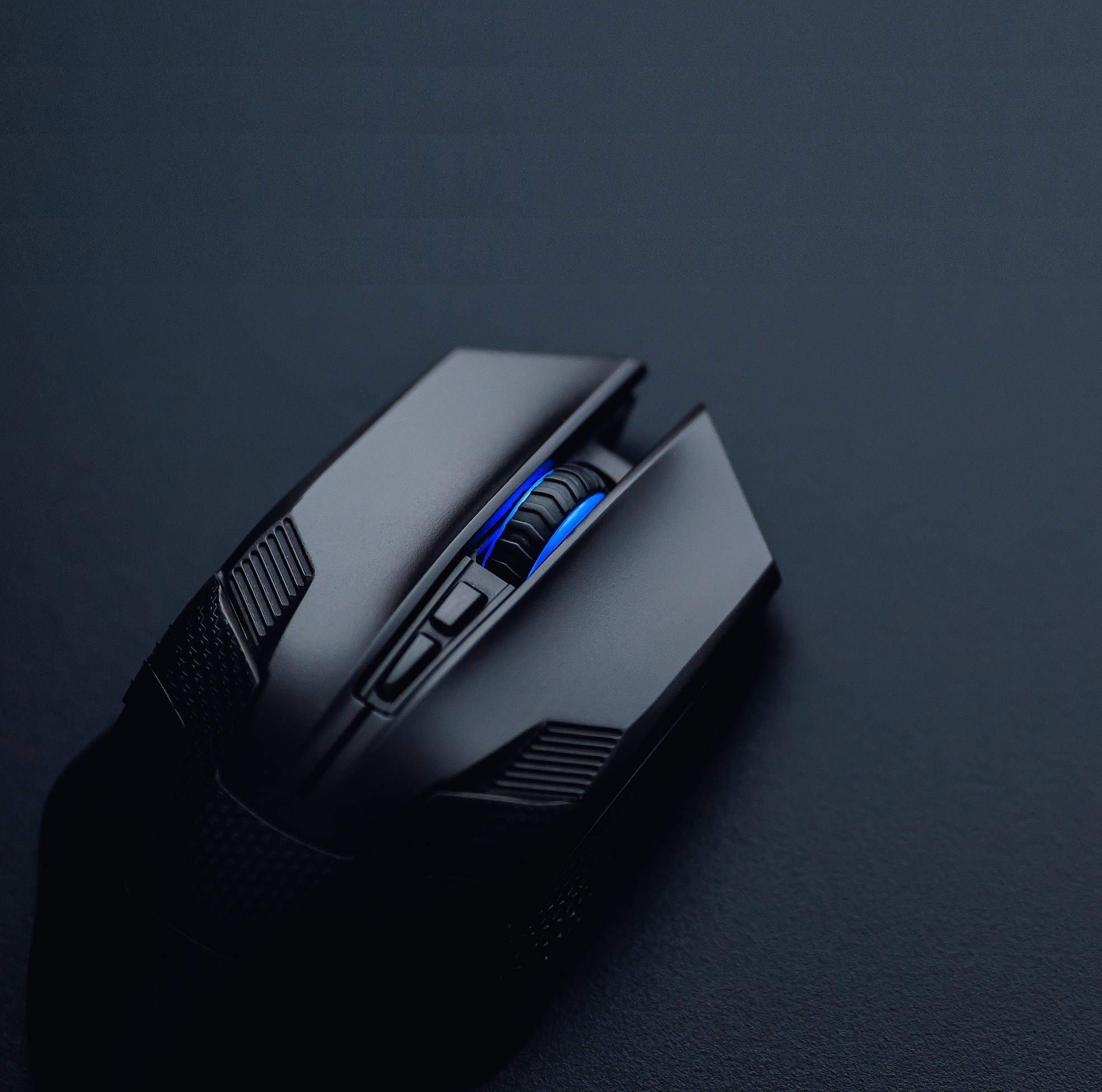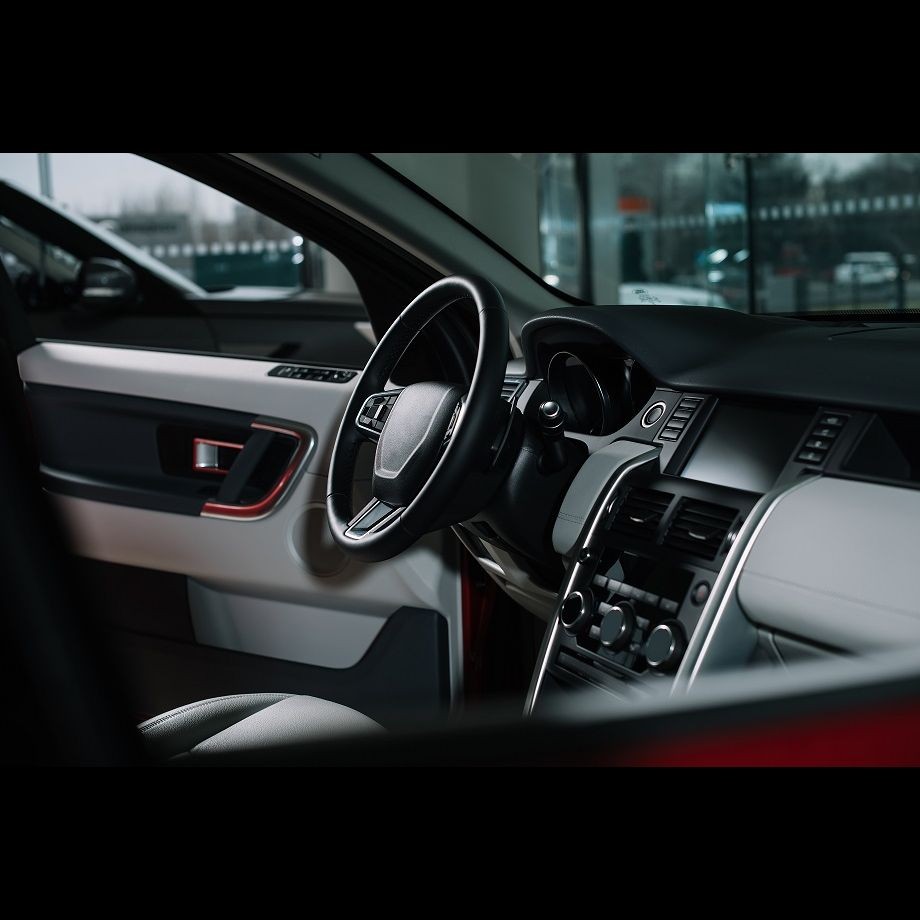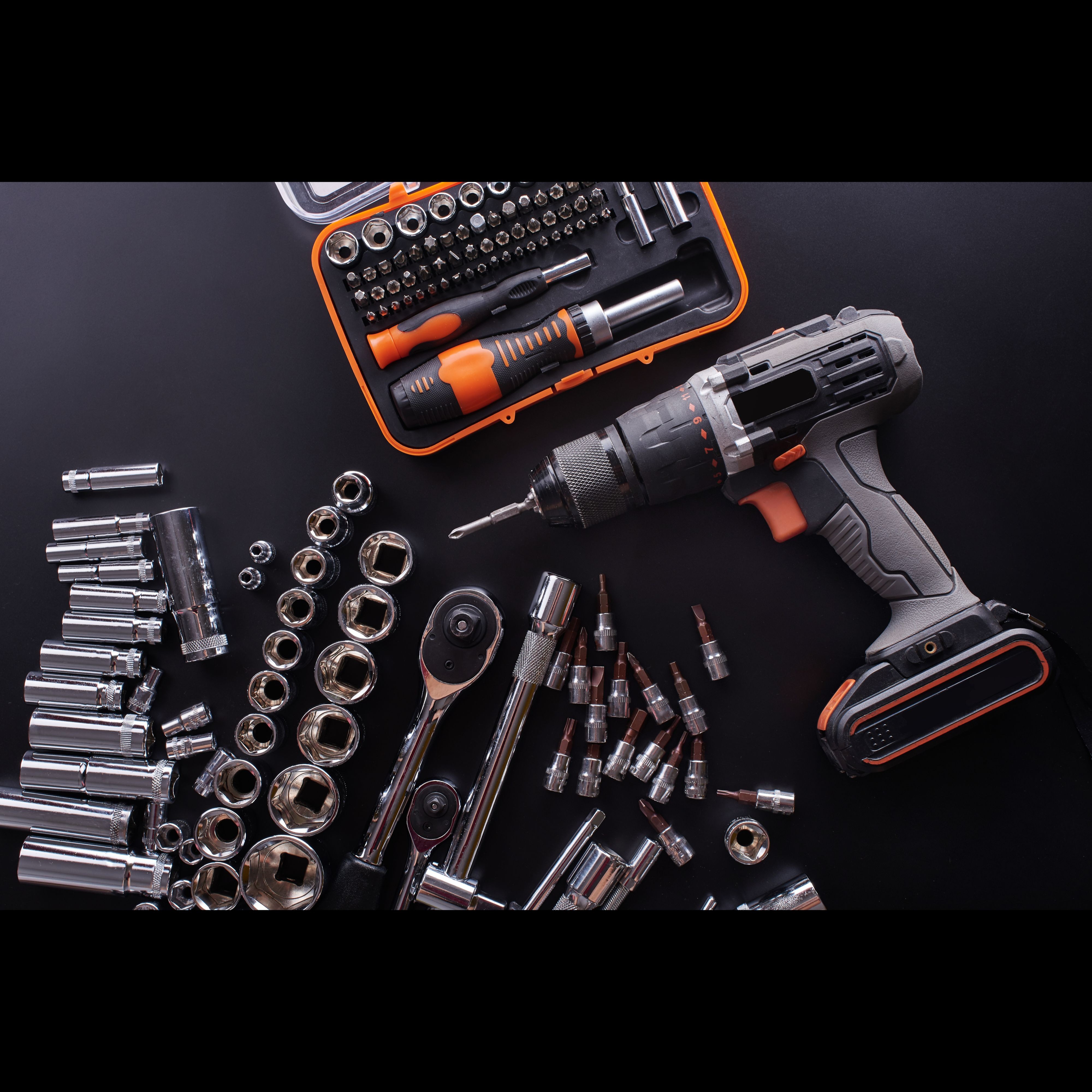

Purchasing hotline:886-4-23286708

上一张
下一张

Consultation hotline00886-4-23286708
At GPC, we are dedicated to advancing elastic coating technology specifically tailored for high-end electronic devices. We emphasize not only the tactile feel and surface texture of the product
but also its visual aesthetics and long-term protective qualities, ensuring that modern electronic devices receive protection and aesthetic experiences that go beyond the conventional.
Why Choose Our Soft-Touch Paint?
Precision Formulated:
Developed mainly with saturated polyester resin, our paint not only offers stellar weather resistance and notable wear resistance but also showcases its superior performance through enhanced
physical test results.
Comfortable Grip:
Our coatings ensure devices are comfortable and secure in hand, especially for prolonged usage.
Non-Sticky Finish:
Our soft-touch top coat provides a non-sticky feel, retaining its smooth texture even in damp conditions or after prolonged human contact.
Impact Resistance & Protection :
Enhance your device's resilience against accidental drops and collisions, reducing potential damages.
Versatile Applications:
Our TS soft-touch paint perfectly integrates with our standard PU paints, PU metallic, and PU silver, offering customers a plethora of color and effect choices.
● Primer Coating
The foundation for our elastic coating provides unparalleled user comfort. Designed for a spectrum of materials, this
base layer offers a steadfast and adaptable groundwork.
● Colored Coating
Imbued with vibrant color depth, our tinted coat elevates aesthetic allure and offers a unique matte finish.
● Clear Coating
More resilient to scratches compared to conventional coatings, guarding devices from minor harms.
|
Product Specifications |
Main Component: TS-A System |
Hardener: Specialized Hardener |
Thinner: Specialized Thinner |
|
Mixing Ratio |
6parts |
1part |
1.5-2.5parts |
|
Product Specifications |
Main Component: TS-B System |
Hardener: Specialized Hardener |
Thinner: Specialized Thinner |
|
Mixing Ratio |
8parts |
1part |
3-4parts |
|
Product Specifications |
Main Component: TS-C System |
Hardener: Specialized Hardener |
Thinner: Specialized Thinner |
|
Mixing Ratio |
3parts |
1part |
0.5-1.5parts |
|
Filter Mesh |
Using a 350-400 mesh sieve |
||
|
Spray Gun, Air Pressure |
3-4kgf /cm2 |
||
|
Film Thickness |
45±5um |
||
|
Touch Dry Time |
55~60°C for 25-30 minutes |
||
|
Packaging Conditions |
Ensure materials and coatings are completely cooled after stabilizing for 3-5 hours at 60°C for 2 hours prior to packaging. |
||
|
Physical Testing Conditions |
1. Standard testing conditions: 60℃ for 8-10 hours, 80℃ for 3-4 hours, rest for 4-6 hours to ensure materials and coatings cool before conducting physical tests. 2. Simulated environment test conditions: 60℃ for 8-10 hours, 80℃ for 3-4 hours, rest for 48 hours before conducting simulated environment tests. |
||
|
Suitable Substrates (Primer required) |
ABS, ABS+PC, PC, PS, PVC, Magnesium Aluminum alloy, Magnesium Lithium alloy, Aluminum, Carbon fiber. |
||
|
Test Items |
Test Conditions |
Test Results |
||
|
1 |
Film Thickness |
Determined by film thickness gauge, range 45±5um |
40-45um |
|
|
2 |
Adhesion |
The sample is placed flat and scored both horizontally and vertically using a 100-grid knife. After cleaning the scored section, 3M#610 tape is applied over the grid. The tape is then pulled off at a 45° angle three times, resulting in a 5B adhesion rating. |
5B |
|
|
3 |
Hardness |
Lay the test panel flat. Using the Mitsubishi Pencil Hardness Tester at a 500g load, the coating should exhibit a scratch-free surface with a hardness rating between F-H. |
F-H without scratches. |
|
|
4 |
Rub Resistance Test |
Using EF74 rubber with a 500g load, rub the coating back and forth 300 times. Underlying material (paint) should not be exposed. |
No substrate exposure observed. |
|
|
5 |
RCA |
75g load with tape abrasion on coating: TSA system: 30 rubs without exposing base paint TS-B system: 80 rubs without exposing base paint TS-C system: 200 rubs without exposing base paint. |
No substrate exposure observed. |
|
|
6 |
Alcohol Resistance |
Under 500g load, rub coating 60 times per minute using cloth soaked in 95% alcohol from a 3cm distance, 500 times without exposing underlying material (paint). |
No substrate exposure observed. |
|
|
7 |
Chemical Resistance |
100% cotton sieve with mesh size 300×300mm, cycle rate 0.5/S, 3cm distance, 500g load, 100 tests. Materials: ① Acidic artificial sweat (pH4.7); ② Olive oil; ③ Nivea; ④ Lemon juice; ⑤ Cleaner; ⑥ Isopropanol 95%. No anomalies after test. |
No noticeable abnormalities. |
|
|
8 |
Boiling Water Resistance |
It was submerged in an 80℃ water bath for 2 hours. The surface remains unchanged with a 5B pencil hardness test result. |
No visible abnormalities, 5B hardness achieved. |
|
|
9 |
High Temperature and Humidity Resistance |
Exposed to 65℃ and 95% humidity for 120 hours, followed by a 6-hour recovery at room temperature. Post-examination shows no abnormalities with a 5B pencil hardness test result. |
No visible abnormalities, 5B hardness achieved. |
|
|
10 |
High Temperature Storage
|
Stored in a 70℃ environment for 48 hours, then allowed 4 hours to return to room temperature. Post-examination shows no abnormalities with a 5B pencil hardness test result. |
No visible abnormalities, 5B hardness achieved. |
|
|
11 |
Low Temperature Storage
|
Placed in a -40℃ environment for 48 hours, followed by a 4-hour recovery at room temperature. Post-examination shows no abnormalities with a 5B pencil hardness test result. |
No visible abnormalities, 5B hardness achieved. |
|
|
12 |
Thermal Shock Resistance |
High temperature set at 60°C, low temperature at -40°C, each temperature held for 1.5H, transition time is 20 minutes, 20 cycles total. After 4 hours at room temperature, tested with 5B grid. No color change, bubbling, peeling, falling, or change in gloss. |
No visible abnormalities, 5B hardness achieved. |
|
|
13 |
Temperature and Humidity Cycling
|
High temperature set at 65°C with 95% humidity, low temperature at -40°C, each temperature held for 1.5H, transition time is 20 minutes, 20 cycles total. After 4 hours at room temperature, tested with 5B grid. No color change, bubbling, peeling, falling, or change in gloss. |
No visible abnormalities, 5B hardness achieved. |
|
|
14 |
Contamination Resistance |
Tested against lipstick, coffee, water-soluble ink, and black crayon, allowing at least 1 hour of contact at room temperature. The surface should remain clean after washing with tap or soapy water. |
No visible contamination |
|
|
15 |
QUV Test |
UVA-313; Test Duration: 300 hours. After testing, paint surface should show no cracking, ΔE ≦ 3.0. Result: No cracking on paint surface, ΔE ≦ 3.0. |
No cracking on paint surface △≦E3.0 |
|
|
16 |
Salt Spray Test |
Salt Spray: Temperature 35°C, humidity 95%, sprayed with a 5% NaCl solution. After a continuous 96-hour exposure in salt spray environment, the product surface should show no rust or discoloration. |
No visible abnormalities |
|
|
17 |
Acidic Sweat Immersion |
Immersion test: 23±2°C, immerse 50% of tested paint surface into artificial sweat (pH4.7) for 48 hours at room temperature. After 24 hours of resting, inspect appearance and ensure it meets adhesion requirements. |
No visible abnormalities, 5B hardness achieved. |
|
|
18 |
Alkaline Sweat Immersion |
Immersion test: 23±2°C, immerse 50% of tested paint surface into artificial sweat (pH8.7) for 48 hours at room temperature. After 24 hours of resting, inspect appearance and ensure it meets adhesion requirements. Result: |
No visible abnormalities, 5B hardness achieved. |
|
|
All tests are performed on the company's standard ABS+PC board coated products, baked at 60°C for 10 hours and left at room temperature for 5 hours before testing. |
||||
 Related Products
Related Products

Give your car the flex factor .
Elastic coating Learn More
Touch and Quality, Dual Assurance.
Elastic coating Learn More